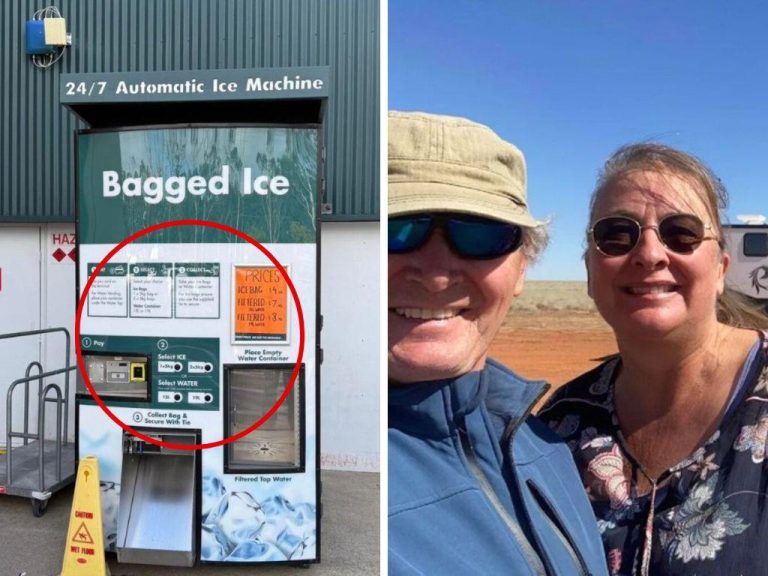Aus miner’s Wittenoom blunder sparks call for law change
A West Australian iron ore miner has inadvertently stirred up a painful chapter in the state’s history, after applying to explore the heavily contaminated landscape around Wittenoom.
The head of the company is now calling for changes to WA law to prevent similar applications in the future.
Fe Metals, a subsidiary of Macro Metals, lodged a mining exploration licence for tenements within the Wittenoom Asbestos Management Area, before withdrawing the application in March this year.
Macro Metals managing director Simon Rushton told the ABC that the application was made by an exploration geologist unfamiliar with the area.
“He detected the tenement had been dropped by a previous owner and made an application for it. He was unaware it was in the asbestos location,” Mr Rushton said, stressing the company has no intention of mining in the area.
“When I first became aware that this application had been lodged, I said, ‘I wouldn’t care if there were 100 million tonnes of diamonds there, we wouldn’t be proceeding with that tenement,’” he said.
“Simply because there is no foolproof way of guaranteeing human health and safety.”
Call for law change to protect public health
Wittenoom, located 1400 kilometres north of Perth, was officially removed from the map in 2007 and demolished by the WA state government in 2023.
For over 30 years, it was the site of a blue asbestos mine, the operations of which have contaminated the surrounding area and are linked to the deaths of more than 1200 former workers and residents.
MORE NEWS
Vinnies pulls ‘rare’ $1k item after outrageous discovery
Why Aldi, Costco keep snubbing this Aussie state
Inside Australia’s haunting mall mystery
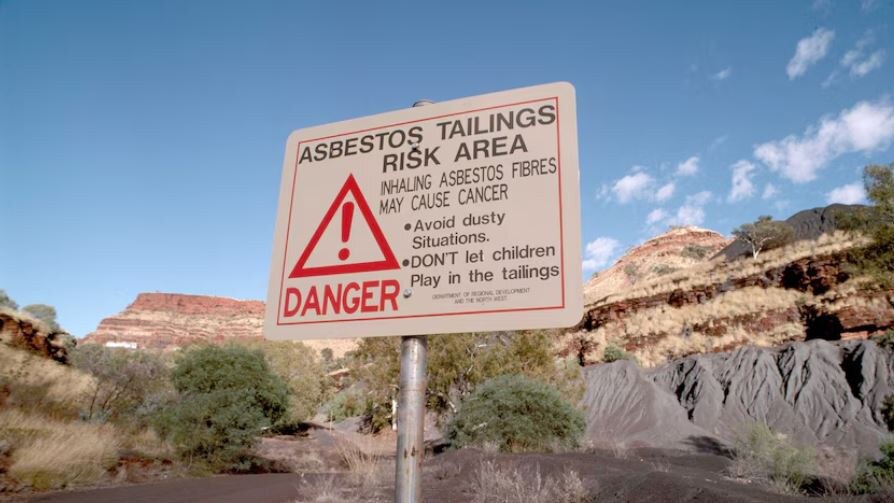
Fe Metals Ltd mistakenly applied for a mining exploration licence just outside of Wittenoom. (Supplied: State Library of Western Australia)
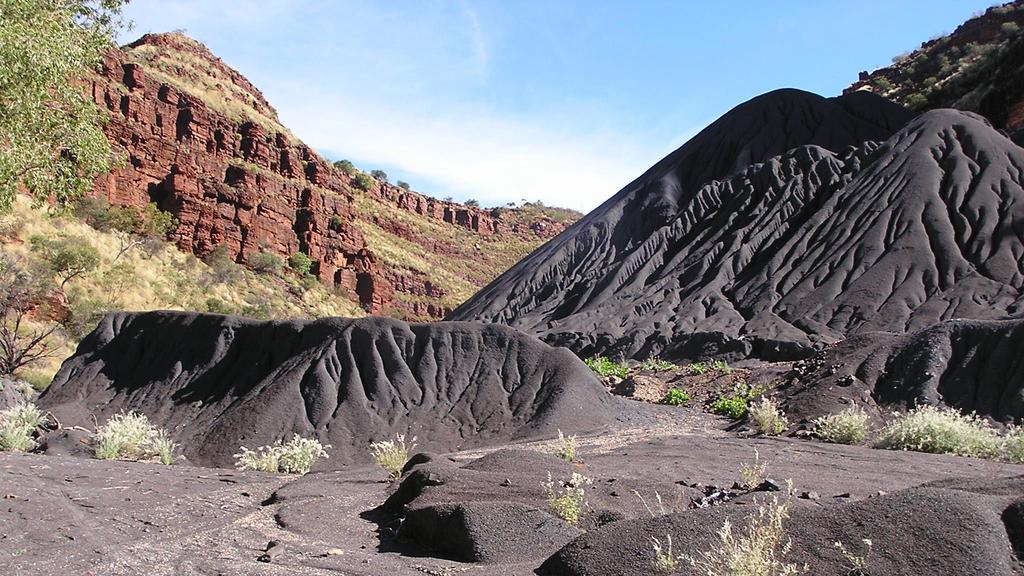
Asbestos dust at Wittenoom.
Mr Rushton is advocating for a change in the law to prevent companies from even applying for tenements in areas like Wittenoom, where there are “fully documented risks to human health”.
He believes the area should be clearly designated as off-limits.
While the Department of Energy, Mines, Industry Regulation and Safety (DEMIRS) confirmed that mining applications can still be submitted for Asbestos Management Areas, it stated that approvals would not be granted for exploration without strict conditions.
A department spokesperson told the ABC that its online portal prompts companies when they consider tenements within the Wittenoom Asbestos Management Area.
Wittenoom: A town erased by asbestos
The incident has brought renewed attention to the tragic legacy of Wittenoom, where tailings rich in asbestos fibres were used to pave roads, footpaths, school playgrounds and even people’s backyards.
A study by researchers from The University of Western Australia for the UWA-affiliated Western Australian Institute for Medical Research (WAIMR), published in 2012, has highlighted the devastating long-term health impacts on “Wittenoom kids” who spent their childhoods exposed to asbestos.
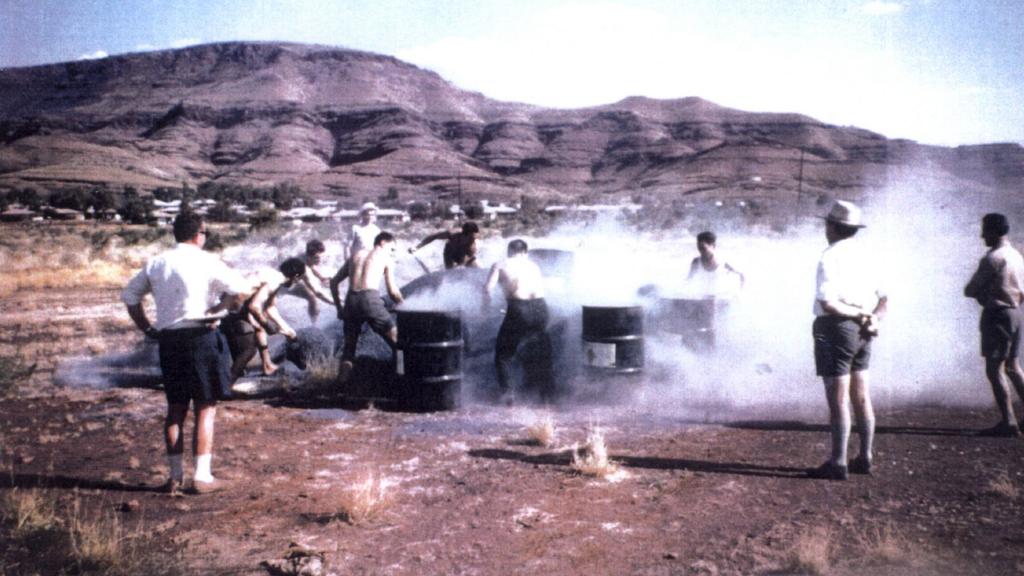
Arthur Della Maddalena and workmates shovel raw blue asbestos tailings into drums at an asbestos shovelling competition at Wittenoom, in the Pilbara, WA, in 1962.

Wittenoom is located around 1400 kilometres north of Perth.
The study found that former Wittenoom children developed a range of cancers and died at a rate well above the average population.
Girls up to the age of 15 who lived in Wittenoom have been more likely to develop mesothelioma, ovarian and brain cancers and have had increased death rates.
Boys who spent their childhood and early teenage years in Wittenoom during the years that asbestos was mined (1943-1966) reported elevated rates of mesothelioma, leukaemia, prostate, brain and colorectal cancer, diseases of the circulatory and nervous system, and excessive death rates.
Associate Professor Alison Reid, a leading researcher on the paper, said that 2460 former Wittenoom children – at time of publication – were documented to have been exposed to blue asbestos before the age of 15.
By the end of 2009, there were 215 cases of cancer in 207 individuals.
A tragic legacy
The Wittenoom tragedy serves as a stark reminder of the dangers of asbestos exposure and the importance of stringent regulations to protect public health.
Earlier this month, following the announcement of the potential opening of the mine, a photograph of two four-year-old neighbours playing in an asbestos sandpit in Wittenoom resurfaced online.
The image, taken in 1953, depict Philip Noble and Ross Munroe who both died of mesothelioma before the age of 40.

Philip Noble (left) grew up to be a keen footballer before dying from mesothelioma at 36. Ross Munroe (right) became a High School Principal and died from mesothelioma at 38. Please credit this image: Photo courtesy of the Asbestos Diseases Society of Australia Inc.
It was shared to facebook page Morbid Knowledge and has since attracted hundreds of comments and thousands of shares from people impacted by asbestos in one form or another.
“I lost both my parents to Mesothelioma, my Dad 1990 and Mum in 1995…Dad worked at the local mine and Mum washed his work clothes that were covered in asbestos dust,” one person commented.
Another stated: “So tragic. The children couldn’t have known how harmful this is for them. Poor little kids, just wanted to play, and live.”
Mr Noble’s granddaughter Kirra Reynolds also commented on the heart-wrenching image, writing: “This is my grandad (left), such a famous photo that I recognise in an instant from seeing it throughout my childhood. He passed before I was born but I have always heard stories from my mum and grandma about him and was raised to be very aware around building sites and materials.”
Renovating? Be aware of asbestos lurking in your home
While the Wittenoom tragedy highlights the extreme dangers of asbestos contamination, it’s crucial to remember that asbestos remains a potential hazard in many Australian homes. Properties built before the 1990s often contain asbestos-containing materials (ACMs) in products like fibro sheeting (commonly used for walls and ceilings), insulation, cement pipes, and even vinyl floor tiles.
If you’re planning a renovation, it’s vital to be aware of the risks and take appropriate precautions.
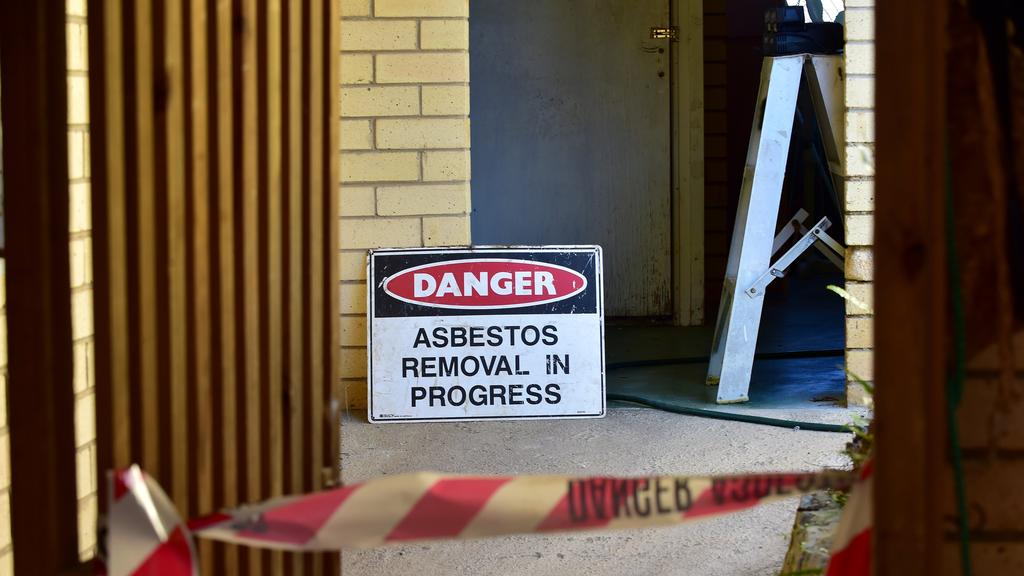
If you’re planning a renovation in an older home, be mindful of potential asbestos risks.
Disturbing ACMs during renovations can release microscopic asbestos fibres into the air, which, when inhaled, can lead to serious and often fatal diseases like mesothelioma, lung cancer, and asbestosis.
Before you start any demolition or alteration work, have your home professionally inspected by a licensed asbestos assessor.
If asbestos is identified, don’t attempt to remove it yourself. Engage a licensed asbestos removalist to safely remove and dispose of the materials, protecting yourself and your family from potential exposure.
Remember, when it comes to asbestos, caution is always the best approach.

